I recently took a trip to Spokane, WA and played Indian Canyon. A quick intro from their website:
Indian Canyon, was designed in 1930 by H. Chandler Egan and opened for play in 1935. The course sits atop the west entrance to Spokane, overlooking the city. As the host to many major tournaments, Indian Canyon has hosted the USGA three times; the United States Amateur Public Links Championship in 1941 and 1984; and the United States Women’s Amateur Public Links Championship in 1989. Built on a canyon wall with a vertical drop of 240 feet amid many towering pines, it offers a diverse and unique playing environment. The course is well bunkered and has undulated greens which require a deft touch if par of 72 is to be achieved over the hilly 6,255 yards.The course is very much a treat to play and with a $27 peak fee, this is one of the best deals I've seen anywhere. Generally the course is a right to left player's dream and a slicers nightmare. As shown in the photos, several of the fairways require a right to left tee shot by the use of tree lines and fairway slopes. Interestingly enough though, the par 3s are generally played best with a fade. While the greens are well protected, there is not a fairway bunker to be found on the entire course. The undulation of the fairways is the course's biggest defense because there is hardly a flat lie to be found. In addition Egan made great use of the existing swales for both drainage and shot values. While the course is very treed it fits in naturally with the area's forested surroundings.
As stated in the intro, the greens are indeed undulating making it very easy to get out of position where you are praying just to 2 putt. However IMO its not the internal countours that make putting difficult. While many of them are not multi-tiered monsters they are difficult to read correctly because the entire course, and its greens, literally sit on the side of the hill. As a result you have many 10-20 foot putts that look fairly flat but will break several feet... and this is its brilliance.
I wish the pictures would have come out better because they don't do justice to the undulation found on the course fairways and greens, but alas I'm just a amateur photo taker.

Enjoy!
Hole 1 - Par 4
A tough start to the round with a long downhill hole. The tee shot picture didn't turn out but here is the green complex from the left side:
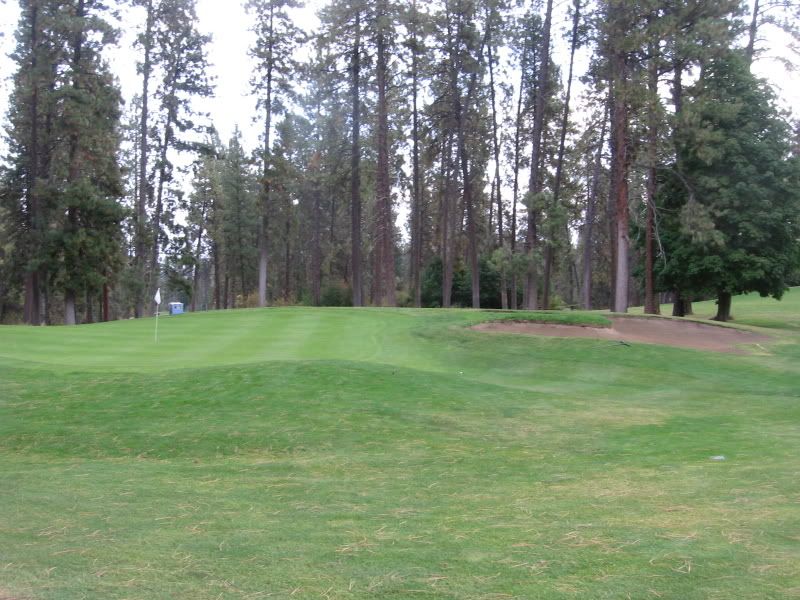
Hole 2 - Par 3
A short hole that can really bite if you miss long..
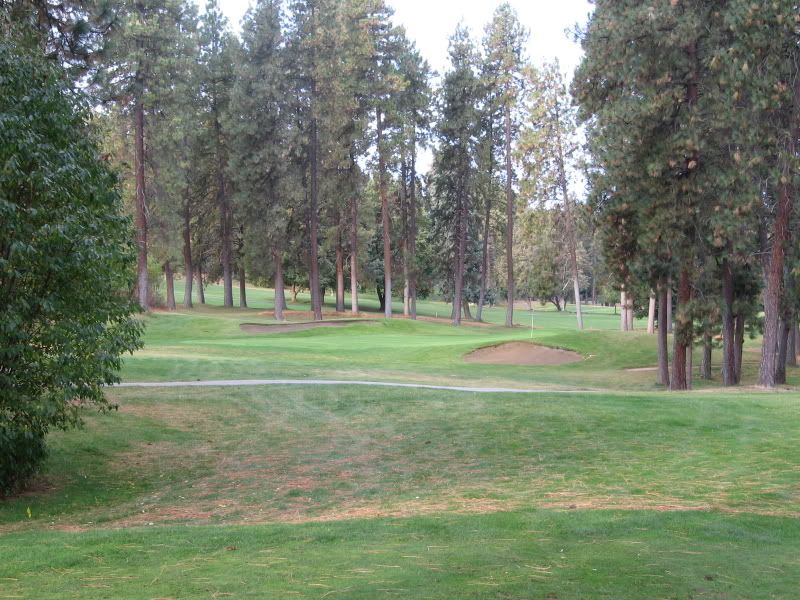
Hole 3 - Par 5
The tee shot to a blind crest. The ideal tee ball is right to left....
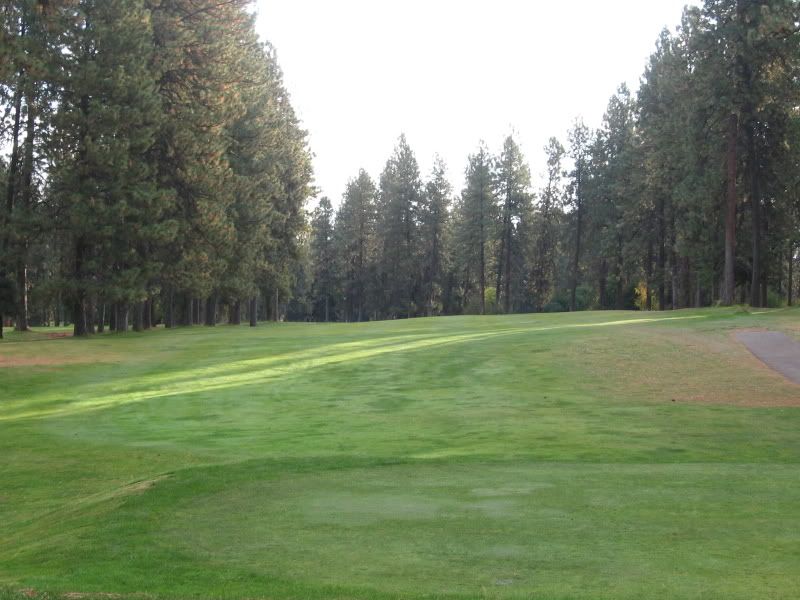
...where if you hit it good you can catch this swale and gain some extra yardage.
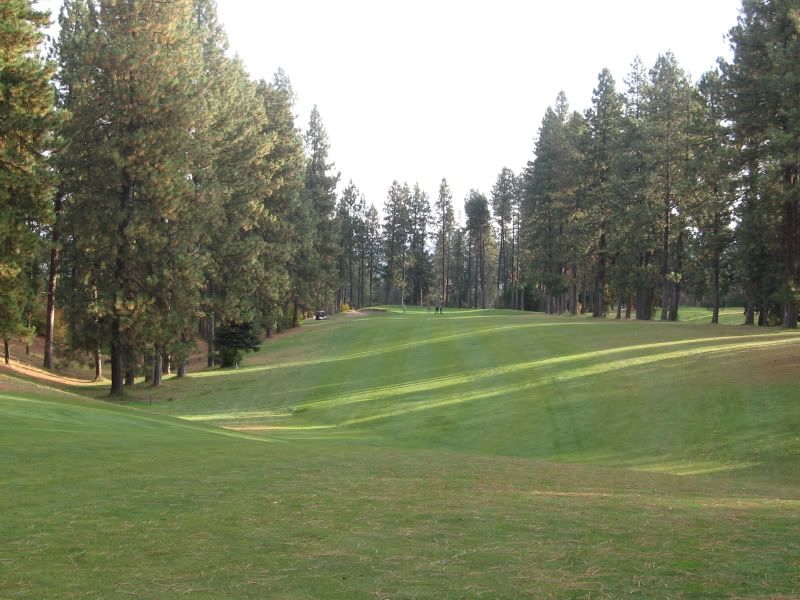
The approach into the green:
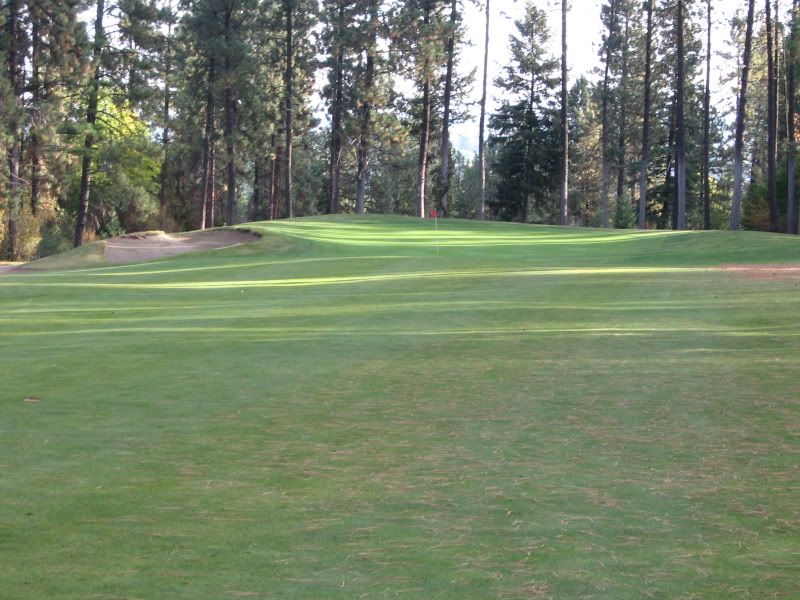
Hole 4 - Par 3
A gorgeous mid length par 3 with railroad tracks on the left that add a neat ambiance..
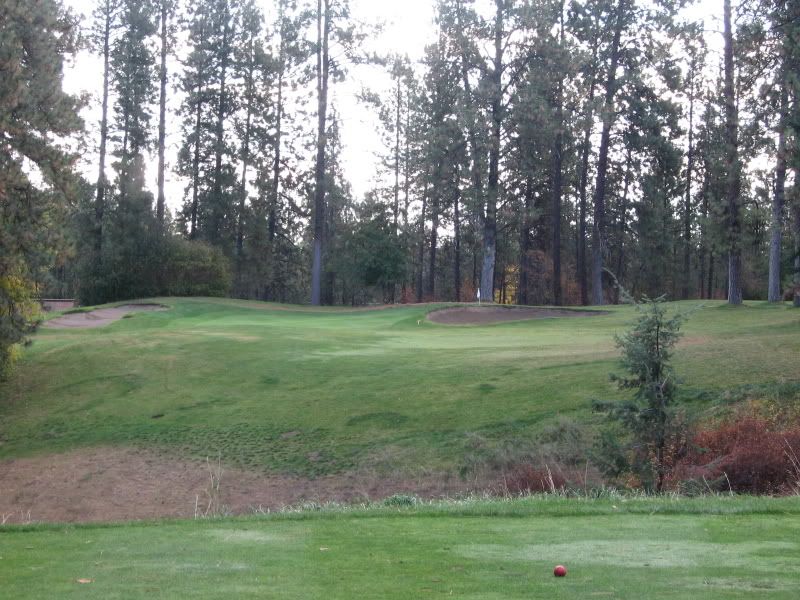
A closer look at the green from the right to a nasty tucked pin. You can see the ridge that runs from back to front and is much more pronounced than it appears here.

Hole 5 - Par 4
As JohnK puts it, this is the half pipe hole which also happens to be the toughest on the course. The other pics didn't come out, but here is a look from the fairway.
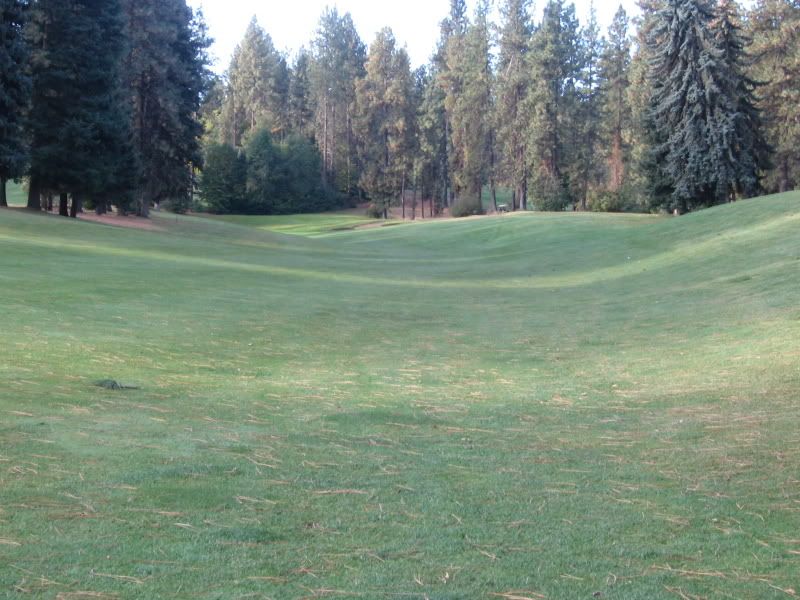
Hole 7 - Par 4
The downhill tee shot:

A look back up the hole from the green with the sun finally making an appearance.

Hole 8 - Par 4
This is a very short driveable par 4 that doglegs left....
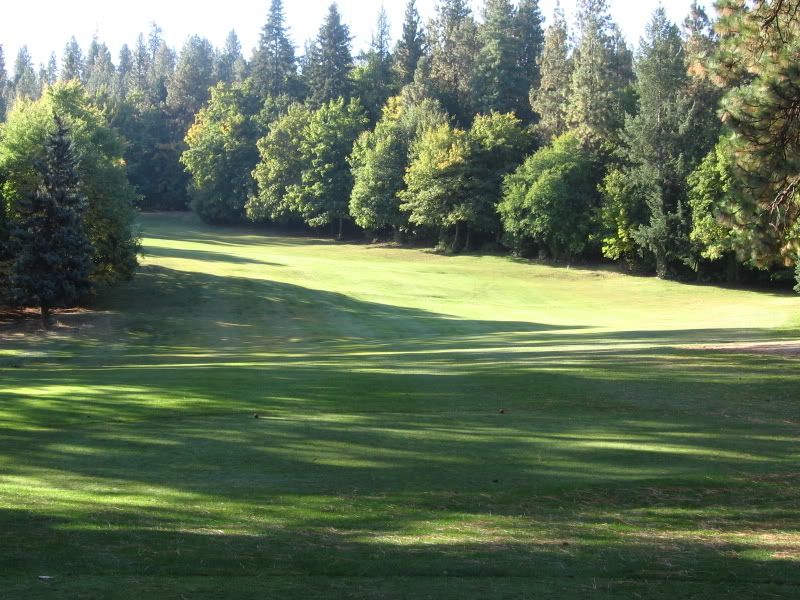
..but if you get on the top tier with a front pin, there is pretty much no way to keep it from going off the front of the green.
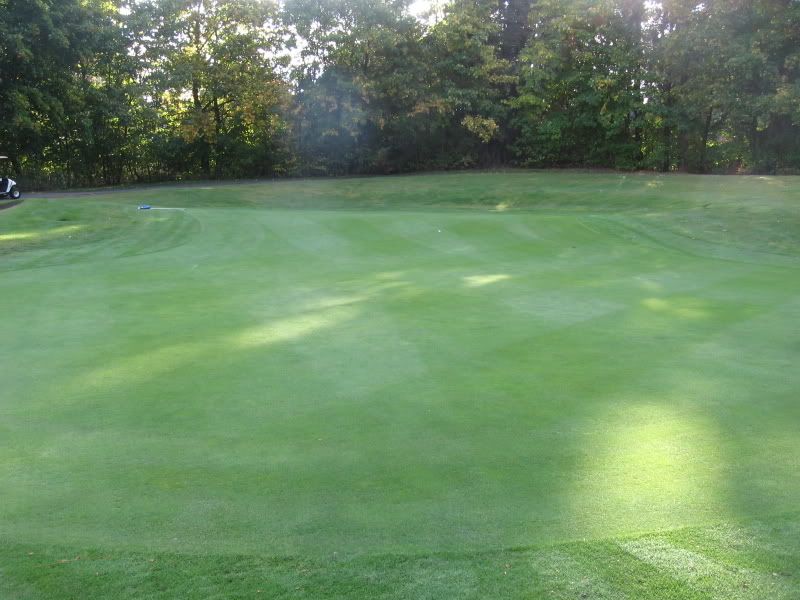
Hole 9 - Par 5
A short but tough, straight up the hill, you gotta hit a draw to keep it in the fairway, hole.
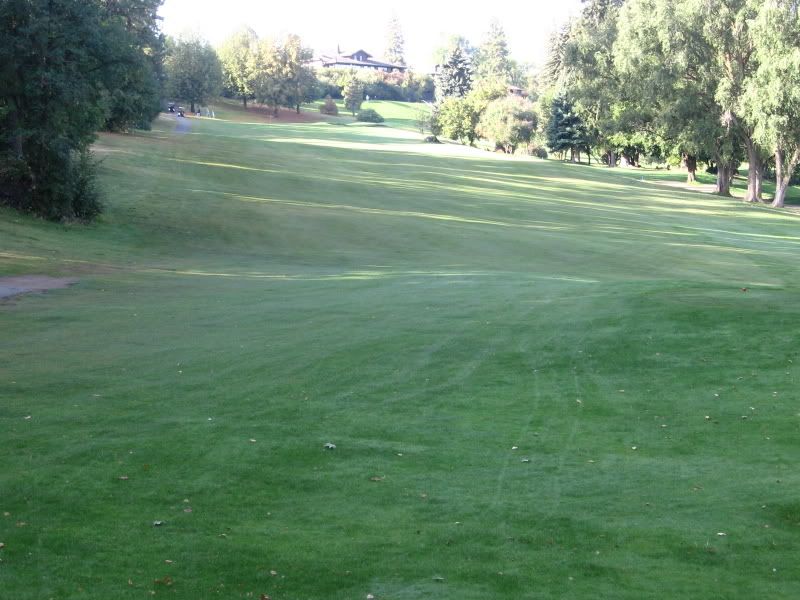
The green, while not pictured, is one of those discussed earlier where it looks flattish yet breaks a ton..
Back 9 to follow...